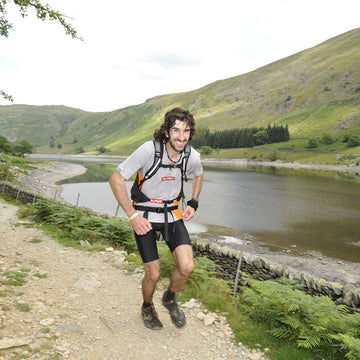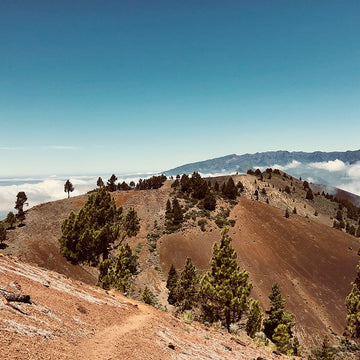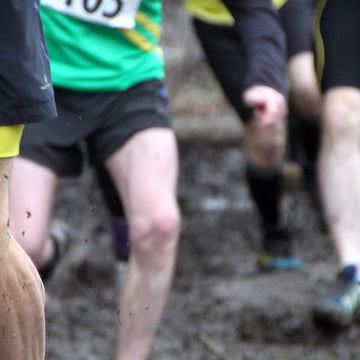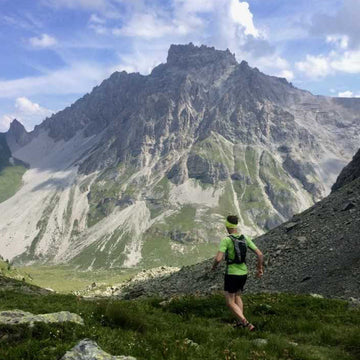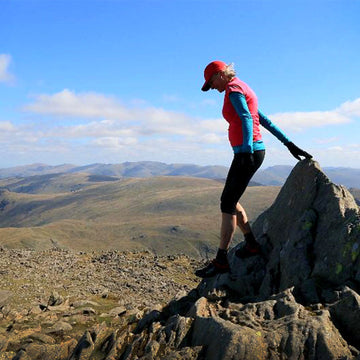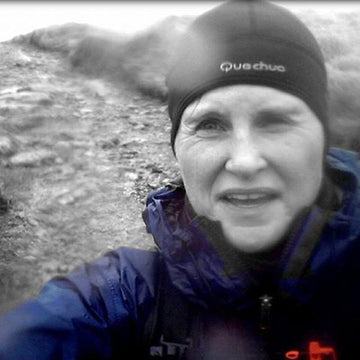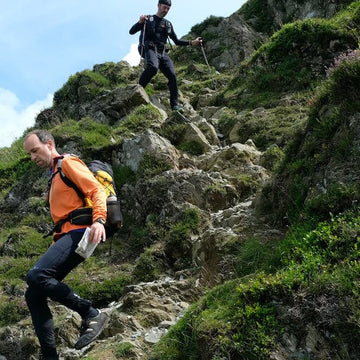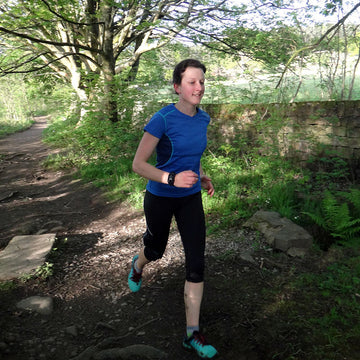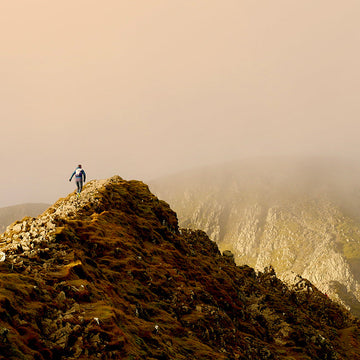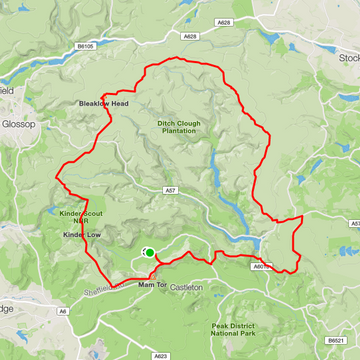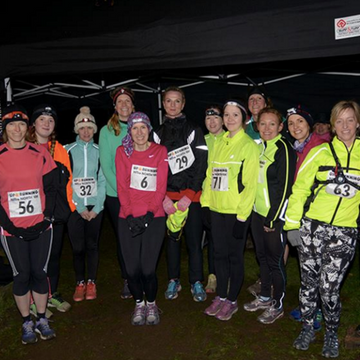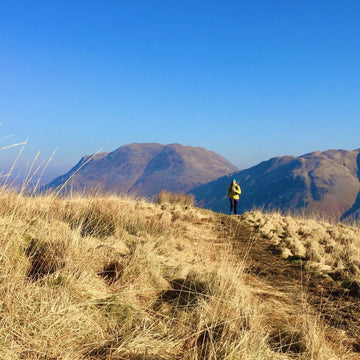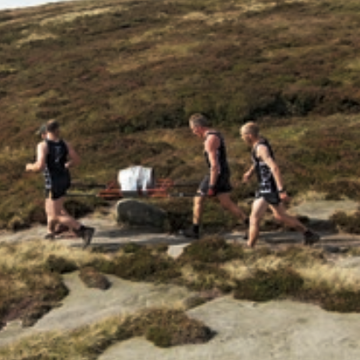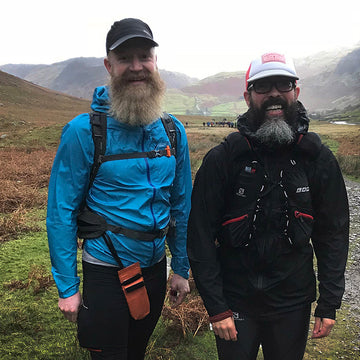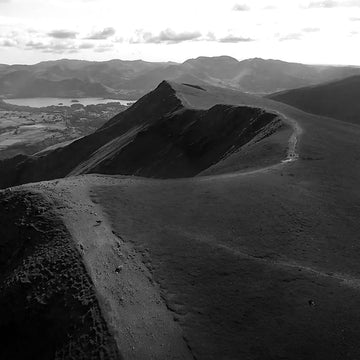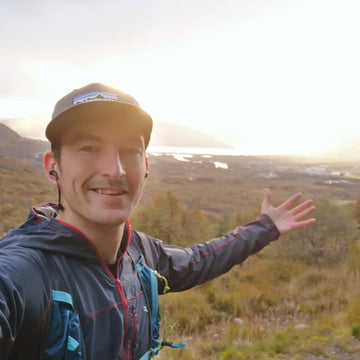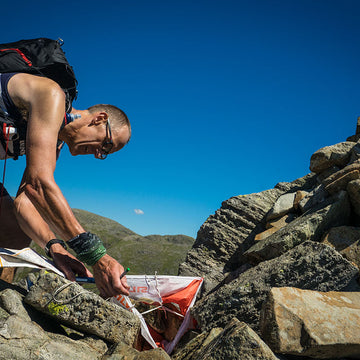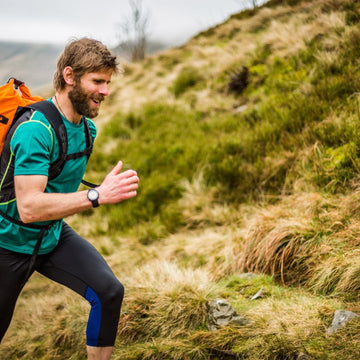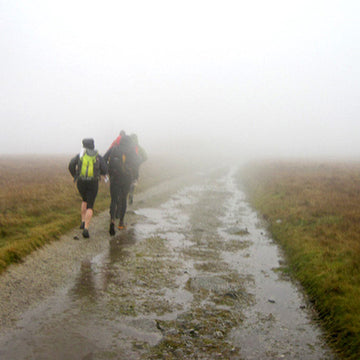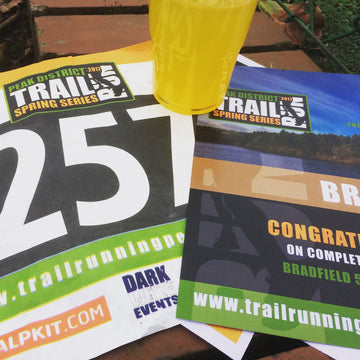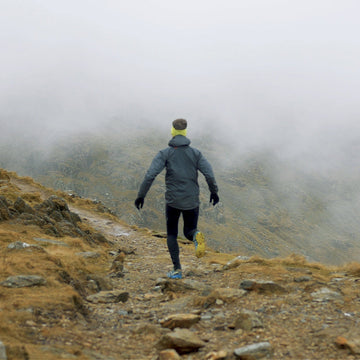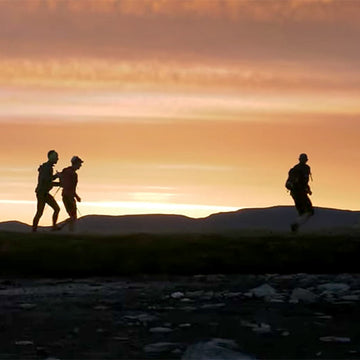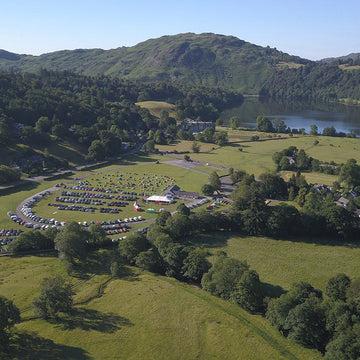
Ultra-runner Nicky Spinks recounts her preparation for and triumph over the 2024 Spine Race. Her strategic gear choices and resilience in facing the race's physical challenges offer valuable insights into one of the UK’s most grueling endurance events.
As an introduction – I have wanted to do the Spine for many years; however, I’ve been involved in the Trigger organisation and running that race as well. In 2023 I decided that 2024 would be the year that I did the Spine after watching Summit Media Fever’s film about it. I volunteered on the Summer Spine, which gave me an insight into how the checkpoints worked and also the pitfalls that the runners had to overcome. Kit, clothes, shoes, nutrition and sleep are all key on the Spine as the checkpoints are spread out at varying distances, and the weather (in summer as well as winter) plays a huge part in what works and what doesn’t.
Kit - I had purchased a lightweight stove, sleeping bag, mat and bivvy bag back in November. Near the time of the event, when the forecast was for it to be extremely cold, I dug out some Polartec leggings and a long-sleeved top which has an integral hood. Socks were a real dilemma as usually I use neoprene socks with a liner sock if it’s cold, but everything I read said that you should wear waterproof socks. I had purchased four pairs of Drymax socks (they keep your feet warm but allow water to penetrate the sock) and wore them three days in a row on reccies; however, it was very warm, and my feet got a heat rash by day 3. I then bought two pairs of Dexshells (at a huge expense!) and tried them out. Again, I wasn’t too happy as my feet sweated in them, and by the end of the day, the inside of the socks were damp. So, come the week of the race, I was quite unhappy about what would work for the duration of the race and had decided to set off in the Dexshells with liner socks; however, I’d packed every other combination of socks possible.
To keep warm further, I had a number of options and settled for a combination of layering, starting with a base layer and performance jacket. Over that, I put the Heiko down jacket, and then for the really cold nights, I would add the inov-8 shell jacket and Venturelite waterproof in a larger size so that I could fit all these layers underneath. I really would have liked to take the Jura Smock, but after much deliberation, it was the size restriction on the drop bag that made me leave it at home and get my husband to bring it to the finish instead.
The drop bag had to be under 20 litres but could be as big as you like. Alpkit made me a bright red 100 litre bag that was perfect. I also labelled six Airlok 24l dry bags with different clothes in them and then a separate bag just for food. I had seen in summer that although the Spine supporters do their best to keep the dropbags dry, there are times in transit when they are outside, and obviously, they can get wet then. In summer there were a number of very heavy thunderstorms which caught the runners out. Not only did some of them not have dry bags in their rucksack, but they hadn’t used dry bags in their drop bag. This, in winter, would be a complete disaster.
I had enough hoods. I do find you can have too many hoods so I always have a layer without a hood

What went well?
The sleeping and cooking equipment fitted perfectly into the bottom of my rucksack in one of the Airlok bags. I was then able to put the kit and clothes I intended to use on top of that.
The Heiko down jacket was perfect as my only warm extra layer until Langdon Beck when I took the extra inov-8 jacket to get me over High Cup Nick and Cross Fell. I then used only the Heiko until the finish. The Heiko is small, lightweight and warm. It doesn’t have a hood, but since my baselayer, performance jacket and waterproof had hoods, I had enough hoods. I do find you can have too many hoods so I always have a layer without a hood.
Shoes – the Inov-8 TrailFlys in a size 7 (half a size bigger than usual) were very comfy; however, I did use the new MudTalons for the section over High Cup Nick and Cross Fell. See below.
Food – overall, this was good, but it was only at Langdon Beck (Tuesday) that I really sorted out what I could eat and when. So a lot of the food I have packed stayed in my dropbag.
The dropbag was great. I thought it was all organised really well, but after the second checkpoint, it became a mishmash of green bags. however, the labelling really helped, as did putting things back in the bags properly once I had finished sorting out my rucksack, etc. Having a big dropbag meant that as my stuff expanded (how does it always do that?!!) I was still able to easily close the zip.
Trekking poles were invaluable – I always use them, but in the snow and on the ice, they were a lifesaver. I also used them to test the strength or sogginess of the frozen bogs.
My Garmin GSMAP 66sr. A lifesaver. Yes, people manage happily with their watches, but I’m 57, and although I don’t need glasses, in the middle of the night, with cold hands in mitts, being able to operate the GPS is a must. The battery life is incredible.
Sleep – As usual, I decided to completely miss the first night and then sleep for an hour every day after that. I wanted to only sleep at night, but because of the distances and timings, this was not always possible, and I forfeited some daylight hours to get an hour of sleep. I was lucky, I think, in where I was in the Spine race and where I met the Spine Challengers in both the South and the North races. The checkpoints were quiet, and being women, we were allocated a separate sleeping room, which was heavenly, even at Bellingham where there were tents within the hall that we could use. One thing that went horrendously wrong for me on the Tor des Glaciers was that the sleeping arrangements were mixed genders, very busy, very noisy and too hot. So thank you, Spine organisers, for doing this. It meant that women could sleep in whatever garments they chose, the rooms were quiet, and when I teamed up with Elaine, we could wake each other up – or rather, I woke her up!!
And lastly – the company I spent my time on the Spine with. I was generally on my own until Dufton, when I teamed up with Eoin Keith, Rory Campbell and Elaine Bisson. As a team, we worked so well – we pushed each other, chatted and looked after each other, and buoyed each other up when one of us was feeling low and had the best time even when times were hard. Eoin is an absolute legend on the Spine, and it was so enjoyable seeing how he is part of the Spine. He loves it, and it loves him. Rory was a newcomer to the Ultra distance but so cheerful and breaking into song every now and again (being a professional musician). Elaine welcomed me into the group, and we became good friends during the 48 hours we spent together. The group parted ways amicably at Bellingham with me and Elaine pushing on for a Thursday finish. I love working with other women to achieve the same outcome. It was very special to jog down to Kirk Yetholm next to Elaine and finish together.
Will I go back? - No, I hope not! I wanted to do it, and I’ve done it. The preparation, training and kit faff took six months, and after finishing, I don’t know what I would achieve by going back.
What didn’t go so well?
My feet The weather from Edale was sunny, and by Hebden Bridge (46 miles and 12 hours in), they were too hot and expanding in my shoes. I took the liner socks off and dried them in the checkpoint, then put the Dexshells back on again. This seemed to work ok overnight when the temperature was colder and the next day to Hawes, so after drying them out while I slept, I used Dexshells again. However, on Tuesday, at lower levels, my feet were sore, running downhill was painful, and I knew I couldn’t keep this option until the finish. I also had a blister between my little toe and the one next to it. On the long descent into Middleton, I was in a lot of pain, and then along the valley, my mind ran through all the options open to me. I decided to stop and change the socks before I got to Langdon YHA into the thin inov-8 socks just to see what my feet thought of this. Whether thinner socks and being able to breathe would help my feet. The relief was immediate, even though my feet were still damp, swollen and hot. I could also see the start of the heat rash on them. So I was a lot happier and the decision was cemented that I would change into the Drymax and also the MudTalons at Langdon just to change the shape of the shoe and relieve some of the pressure points I had got. So after Langdon YHA, I had to try and keep my feet dry as I know that wet feet cause more blisters, but with the help of the frozen ground and my poles, I was able to do this all the way to Kirk Yetholm. I changed the Drymax socks at every checkpoint and got my feet out as soon as I got to the checkpoint and into my Crocs (another thing that worked well!).
Energy levels – Because of the cold it was impossible to access food and eat food while out on the trail. I often had the base layer hood up, done up like a balaclava with the other hoods done up as well over my chin. I was wearing gloves and then mitts. The bars also were hard and not easily chewable, and when I got to Langdon, my mouth was dry and sore. I couldn’t eat the bacon in the full breakfast. While worrying about my feet from Middleton to Langdon, I was also worrying about lack of energy as the stiles were very hard to negotiate in the valley, and yet I had some massive climbs to come. I decided that I needed to eat more in the checkpoints and rely on sugar (soft Sainburys jellies and Scottish tablet) along with making up an Expedition food pudding that I was carrying (and had packed five of) anywhere I could get hot water. Hence the Rule of Three – Three meals of something
at each checkpoint. This was usually a savoury dish, followed by a pudding when I arrived, then another bowl of something on waking up. Loads of tea with sugar as well. As the food is excellent on the Spine, this was easy. And the sugar in between was fine too. By the Cheviots, I was back to being able to power along and wanting to run.
Blizzard on High Cup Nick – this wasn’t something that I had any control over. I left Langdon YHA wrapped up and well-prepared. It just got dark, and there was more snow, wind and clag than was pleasant. The whole experience was very tiring and stressful, plus the cheap Bolle safety glasses that I had bought and had to then wear were awful. They moved around my face, often being lopsided. They let snow and ice in, and then they dug into my nose, so I ended up with a very sore nose and a bruise that lasted a week. The clag meant I ended up carrying my head torch in one hand, the snow on the ground and lack of any footprints or path meant I had the GPS unit in the other hand, and I had to carry the poles under my arms as my two hands were in use all the time. I obviously didn’t eat or drink for the whole time as I was too busy trying to get myself across the plateau and off down to Dufton. Lesson learnt – buy better goggles or at least add some padding to them and try them out before the event.
Will I go back?
No, I hope not! I wanted to do it, and I’ve done it. The preparation, training and kit faff took six months, and after finishing, I don’t know what I would achieve by going back. Climbing onto the Cheviots, I thought, Oh, this is what I like. Climbing steep hills and mountains,
I’ve missed climbing and missed the views. The last section of the Spine is the best section but you have to go through a lot to even get there. It’s been a wonderful six months, and through the reccies, I have found good friends and explored routes and places I wouldn’t have. I will be returning to those but not to the full Spine except as a supporter!
For the Trail Ahead:
Women’s Trail Running Gear
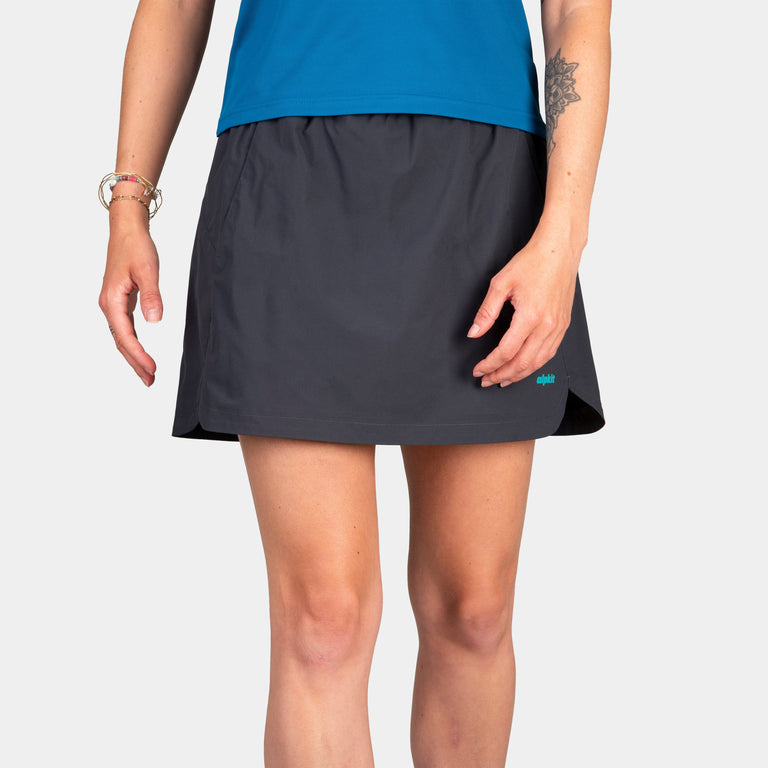

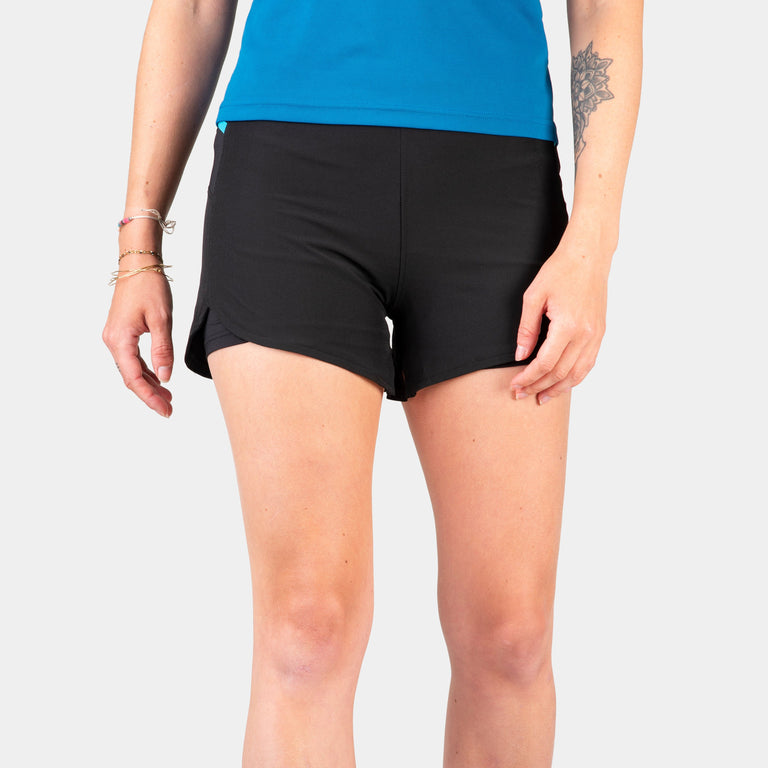
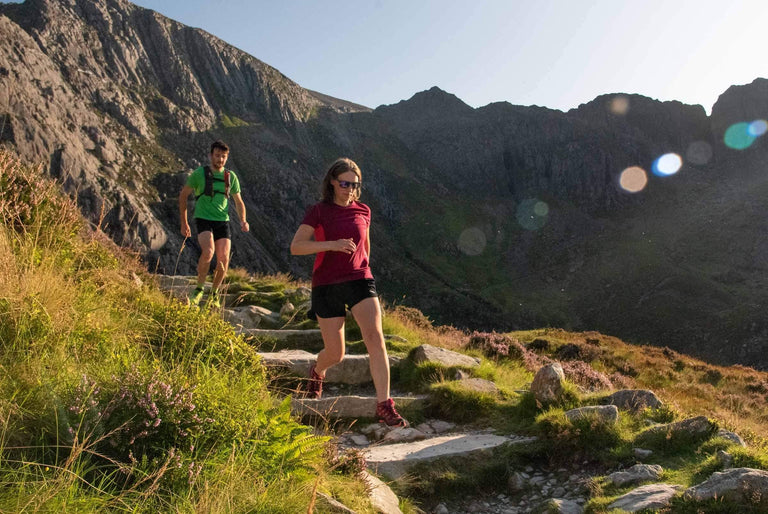
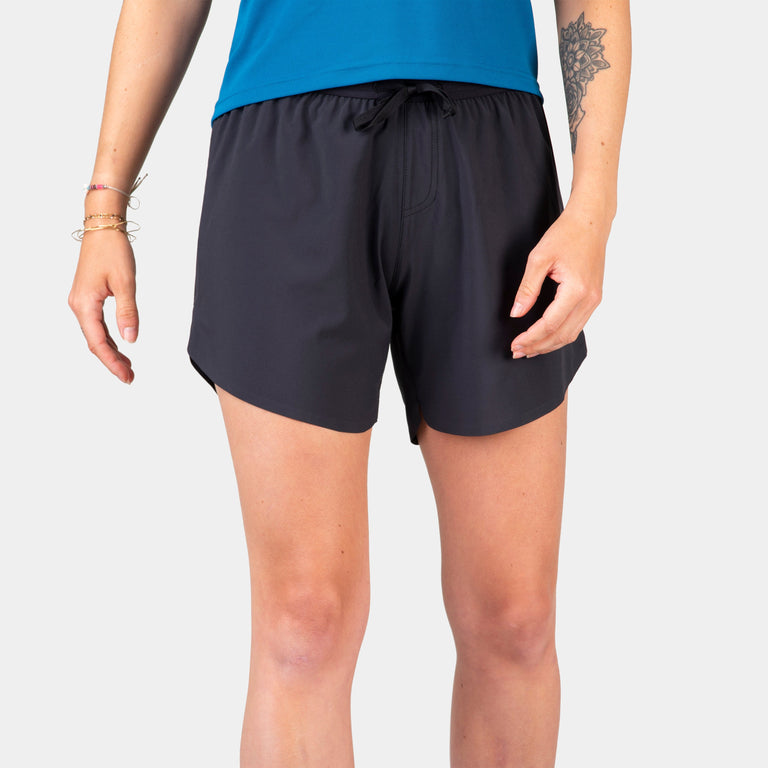
![Vayper Short 5 [Womens]](http://us.alpkit.com/cdn/shop/files/VAYPER_WOMENS_TENERIFE_004825__4000px_836e5c1e-9f94-468b-8c32-9a5609b33596.jpg?v=1717551604&width=768)

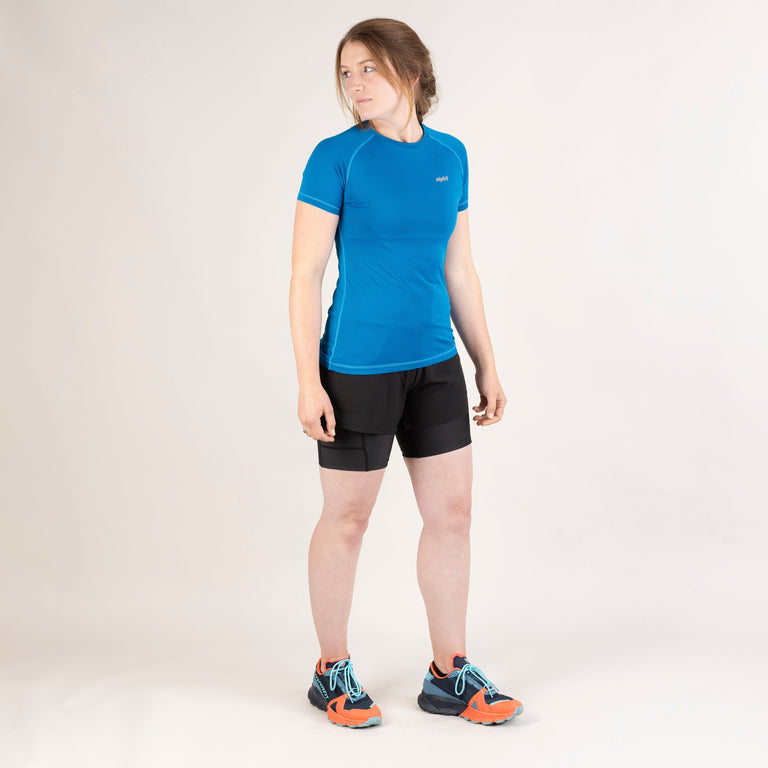

![Koulin Trail 3/4 Tights [Womens]](http://us.alpkit.com/cdn/shop/files/Running_C3_001637_1.jpg?v=1762201667&width=768)

![Koulin Trail Tights [Womens]](http://us.alpkit.com/cdn/shop/files/RUN_AW24_Chamonix_0695_1.jpg?v=1762282612&width=768)
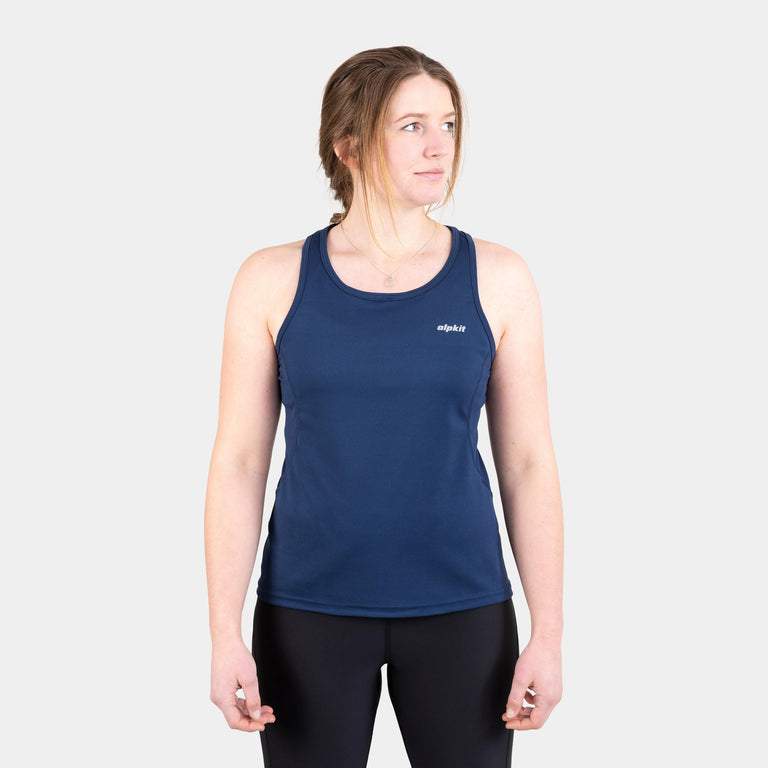
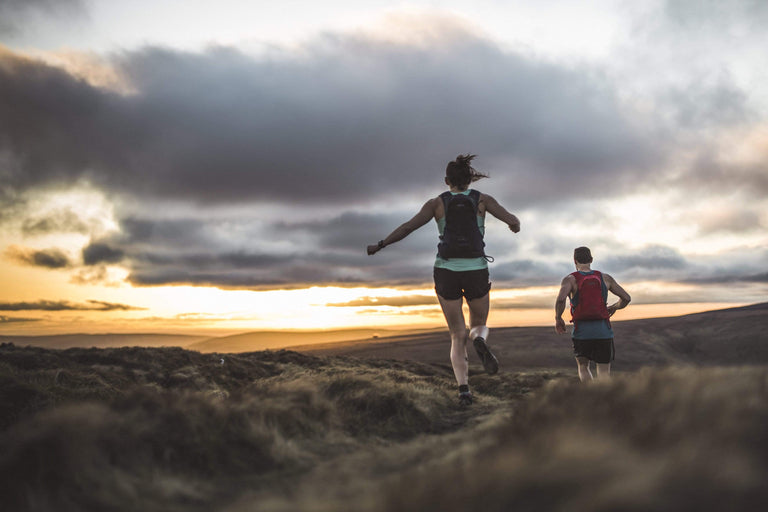
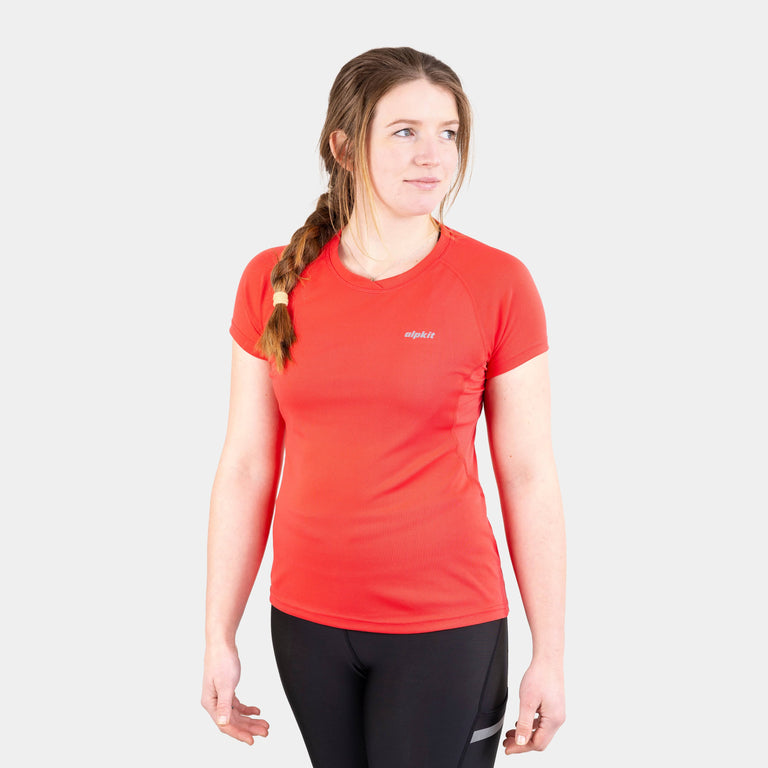
![Koulin Trail Tee [Womens]](http://us.alpkit.com/cdn/shop/files/KOULIN_SS_WOMENS_MINT_TENERIFE_005157__4000px.jpg?v=1717537349&width=768)
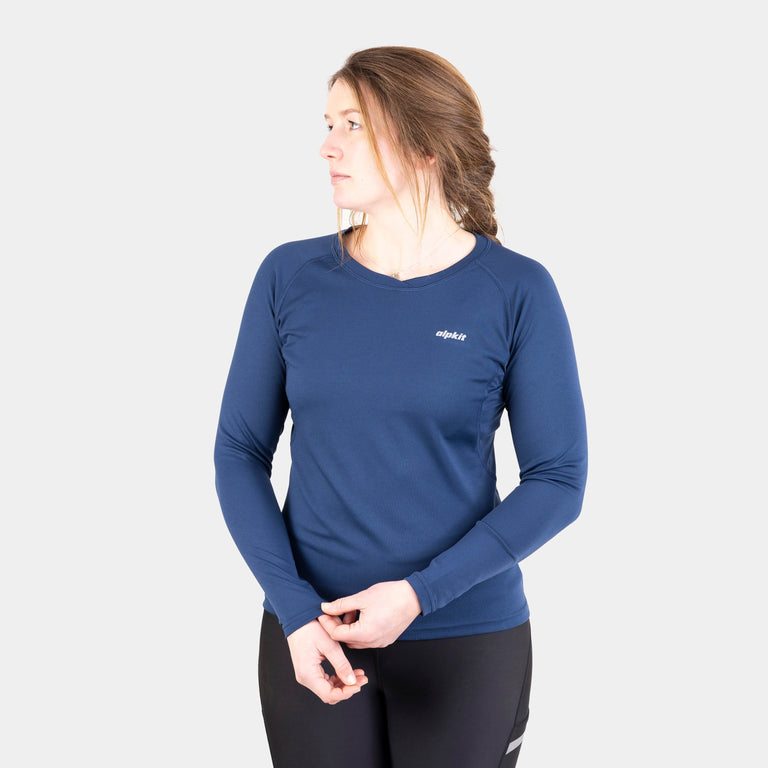
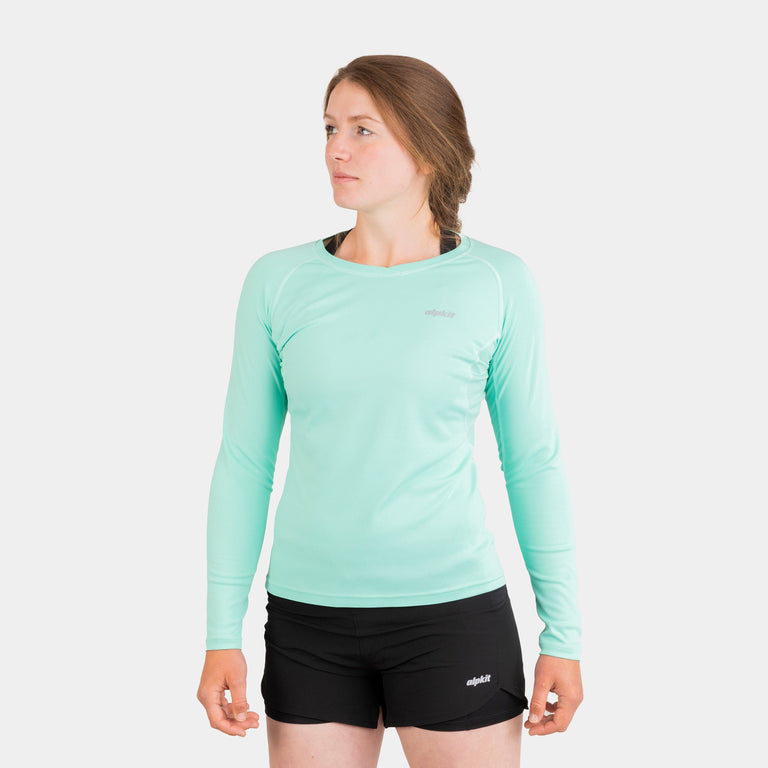
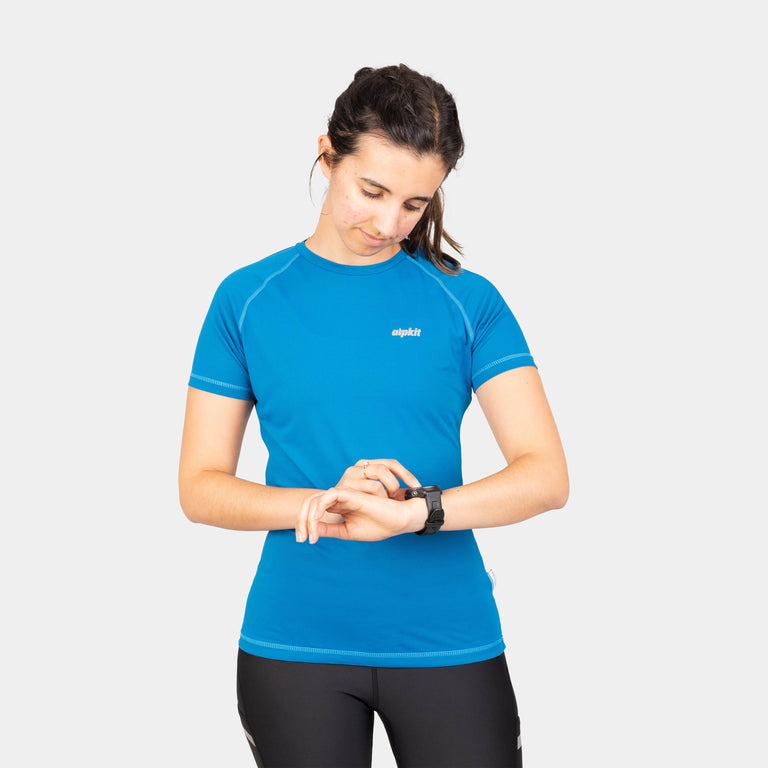
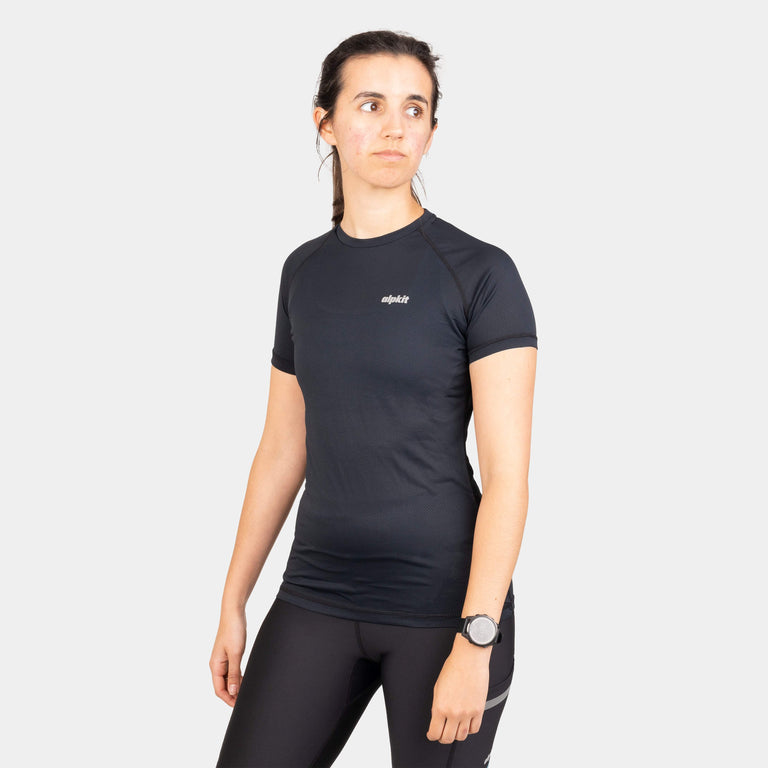
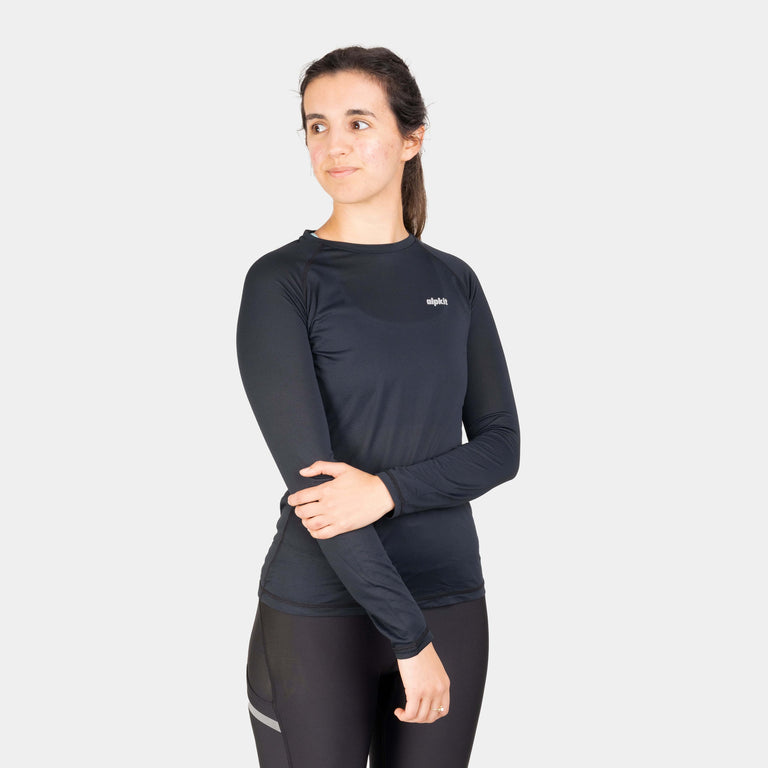
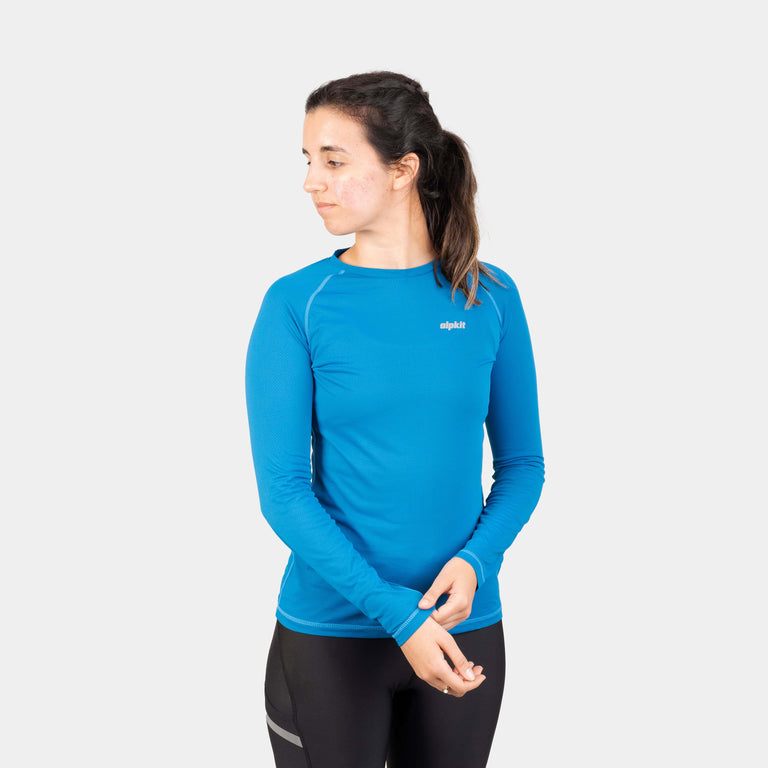
![Gravitas [Womens]](http://us.alpkit.com/cdn/shop/files/womens-gravitas-reef_2d13b155-8b33-426c-b830-bc1af1ad56df.jpg?v=1764270047&width=768)

